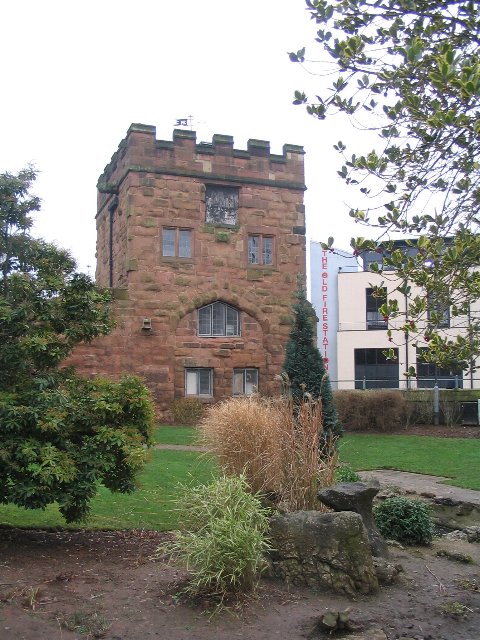 |
| St Michaels Cathedral in Coventry, photo courtesy of Wikimedia Commons |
On 14 November 1940, the Germans began Operation Moonlight Sonata, which began what the people of Coventry called The Blitz. By the time it was over, the city had been almost entirely destroyed, including St Michaels Cathedral. This building was important to Alfred and Ann. On the 1861 census, Alfred and Ann and their children were living in St Michaels parish. And according totheir granddaughter, Mary Barker Edwards, Alfred, Ann and three of their children "were singers in that great cathedral, in the choir." She said that Ann was "a good soprano and he a strong bass."
 |
| Sky view of St Micael's Cathedral in Coventry, photo courtesy of Wikimedia Commons |
After the Blitz, the city decided to leave St. Michaels as a monument to the horrific events of World War II. I’m glad they did.



































